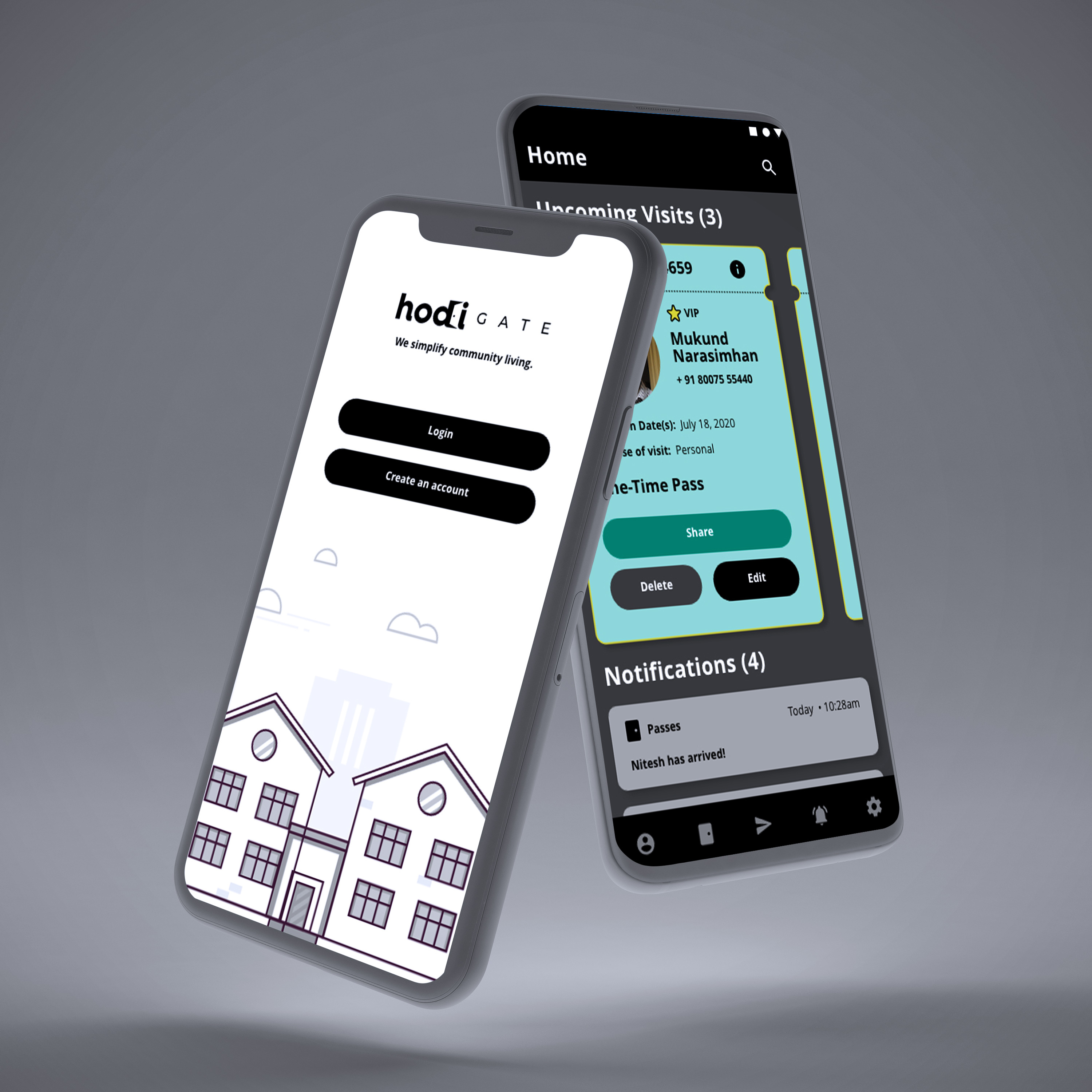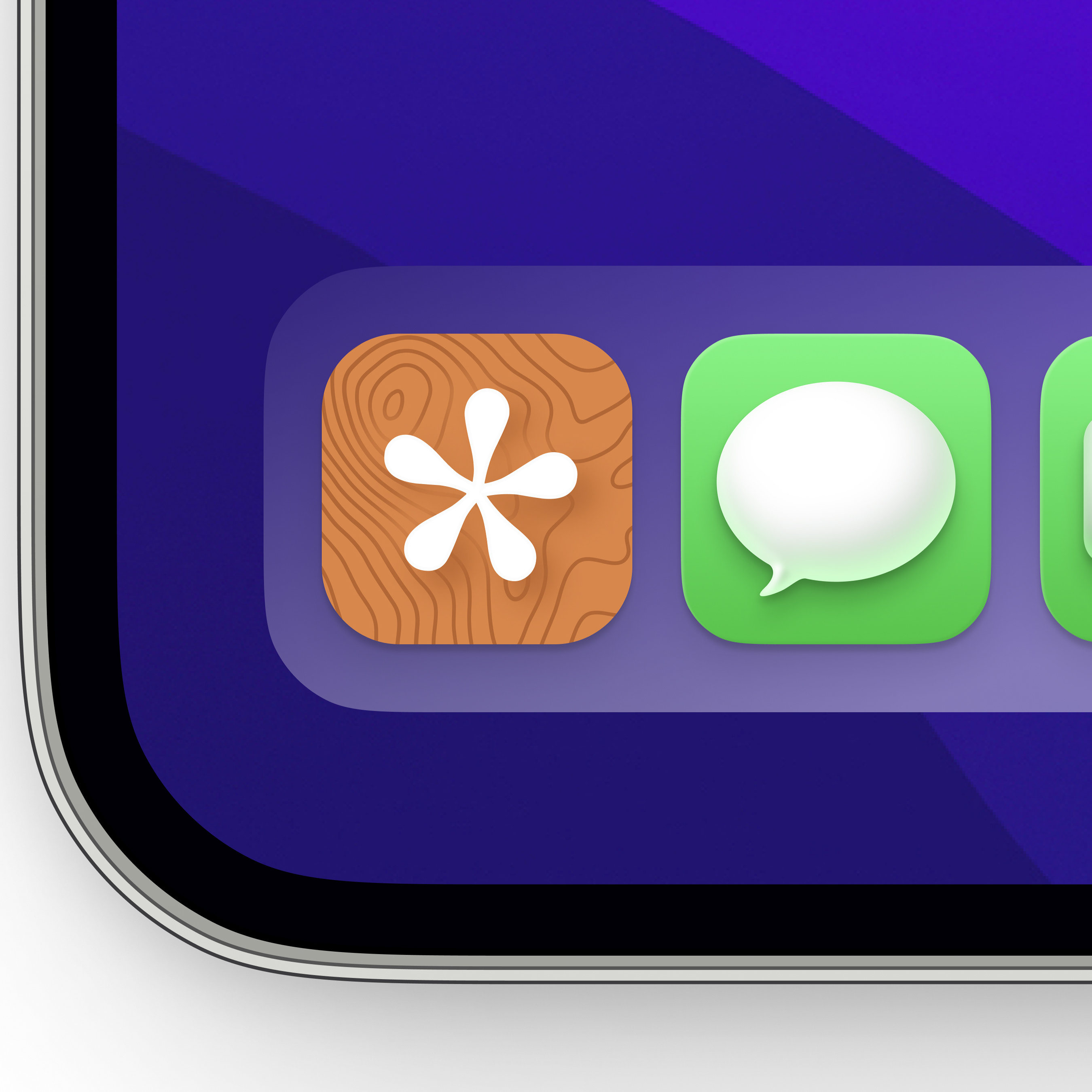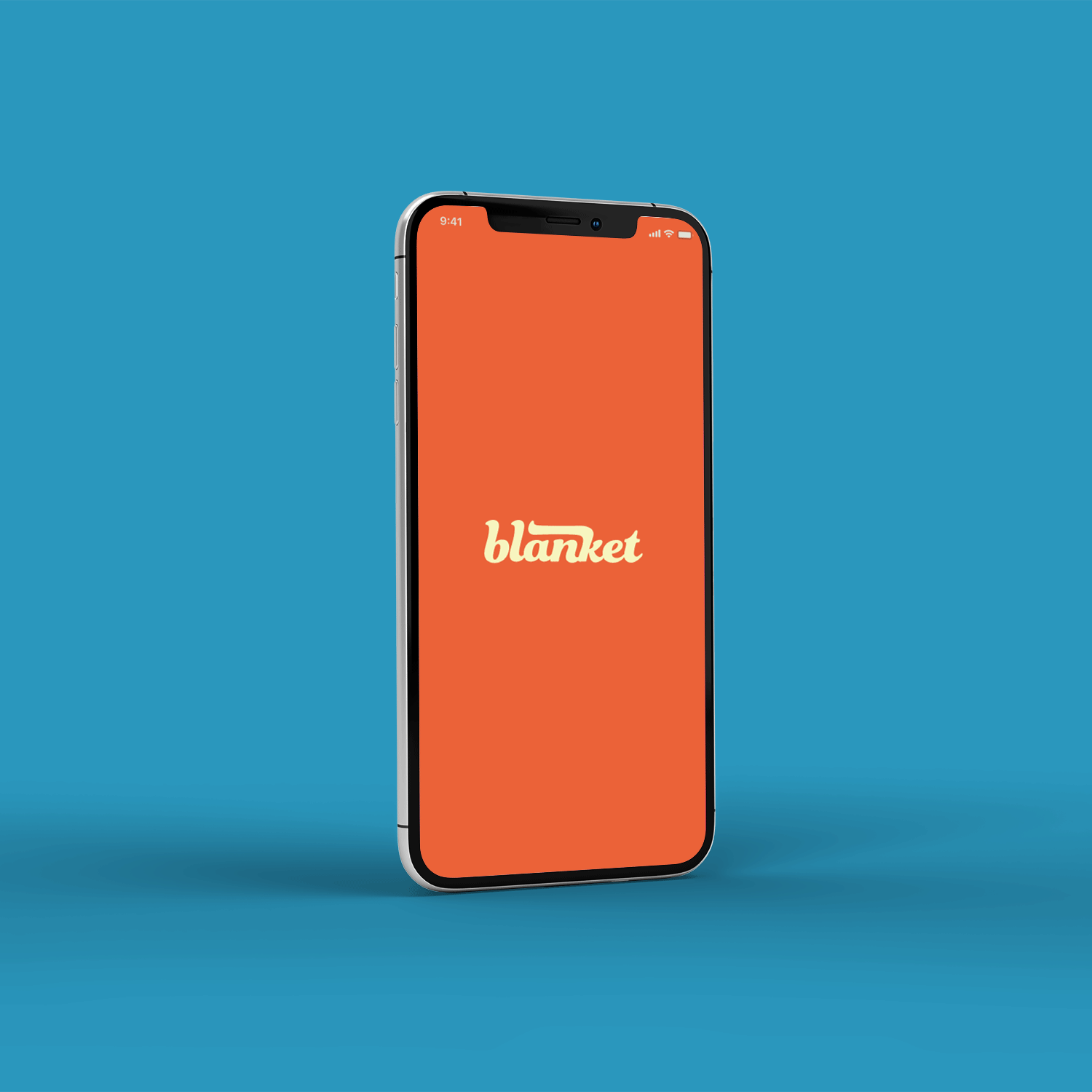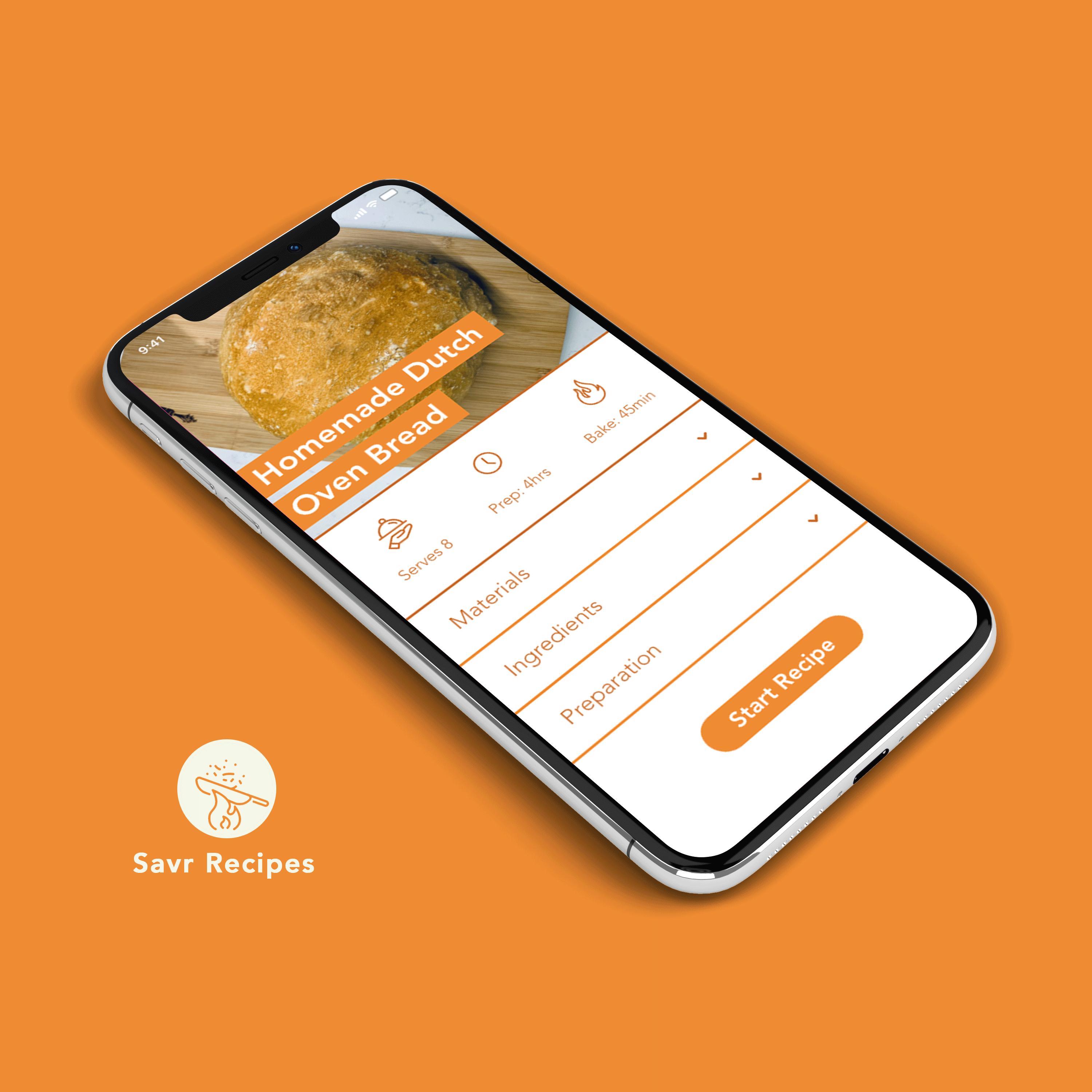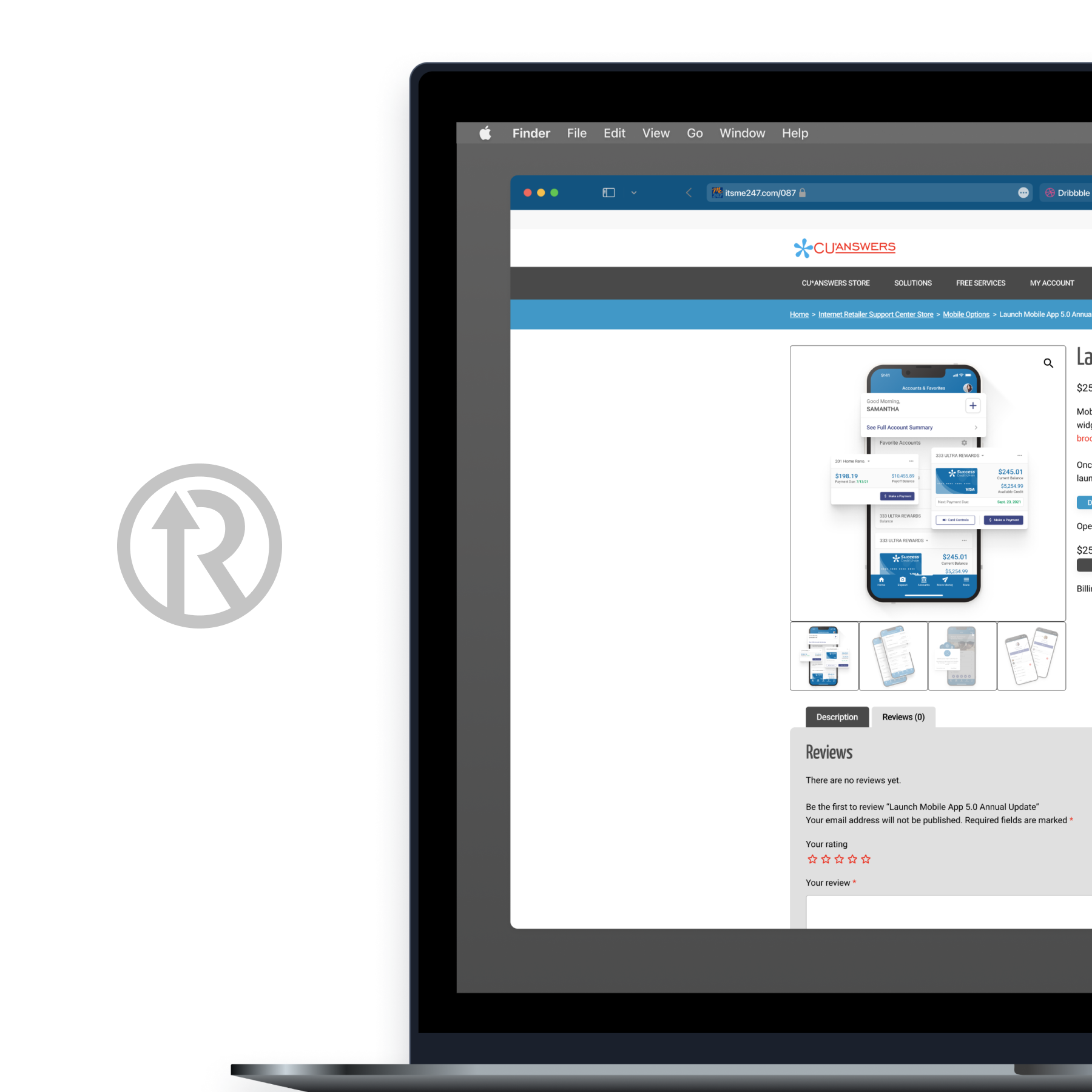Original Online Banking style guide and component library based in Sketch
Original CU*Publisher style guide and component library based in Sketch
An example of searching for a component in Sketch and naming conventions.
An example of a component (variant) name. It followed a general breakdown of: Product / Size / Focus / Clarifier
Example of a layer breakdown with our new system and the accompanied view.
Different variations to our Accounts tab found in the newest update of our mobile app.
Here's an example of a sheet put together on how to create a new variant for a feature called "Member Messaging."
Our "Getting Started" guide to help onboard new members to the design system.
